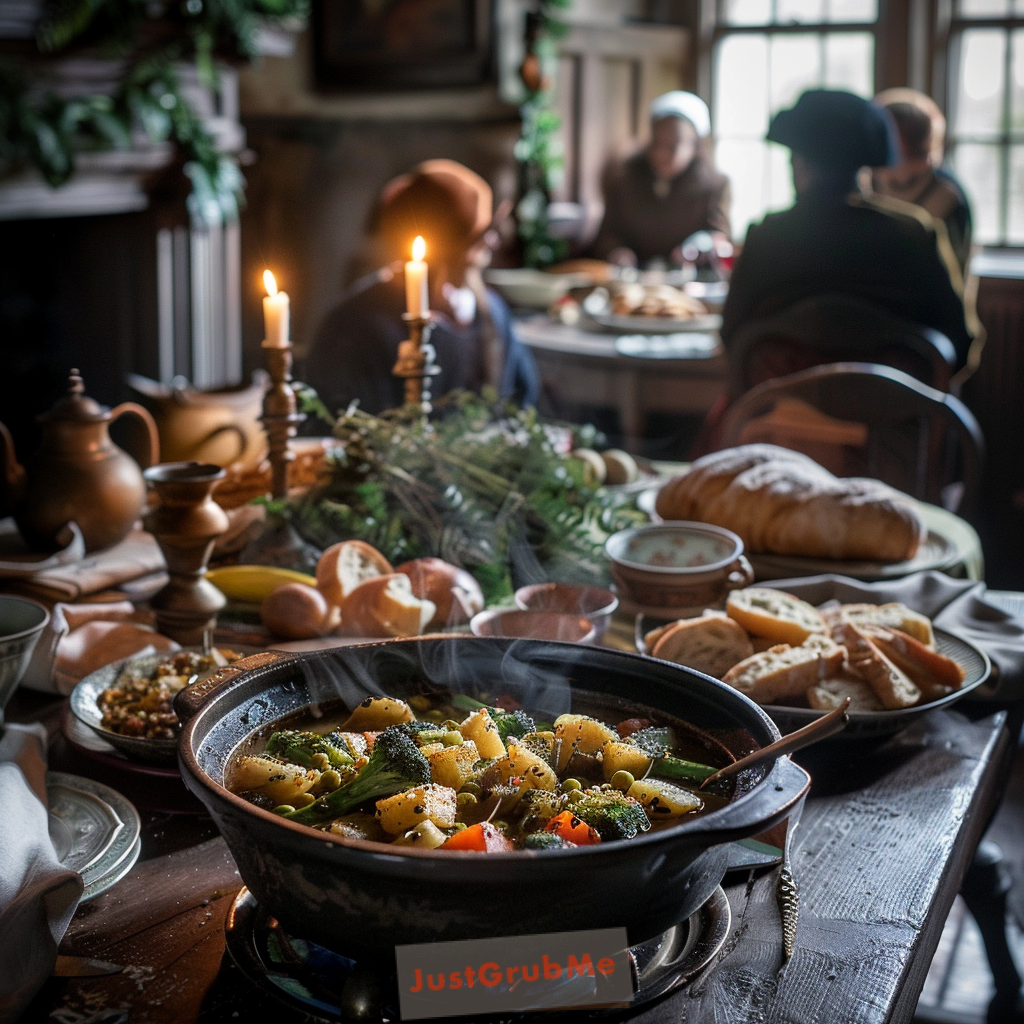Do Northerners say lunch or dinner?
In the labyrinthine world of British mealtime terminology, the distinction between “lunch” and “dinner” has long been confusing and debated. But fear not, intrepid linguistic explorers, for we are about to unravel the tangled web of words that governs the British dining experience.
First, let’s delve into the origins of the word “lunch”. Etymologically speaking, “lunch” originates in the Spanish word “lonja”, meaning a slice or portion. Over time, this evolved into the Old French “luncheon”, referring to a light midday meal. By the 19th century, “lunch” had firmly established itself in the English lexicon, becoming synonymous with the midday repast enjoyed by all classes of society.
But here’s where things get interesting: in some areas of the United Kingdom, particularly the North of England, North and South Wales, Scotland, and some rural and working-class areas of Northern Ireland, the traditional mealtime nomenclature takes a curious turn. Here, people traditionally refer to their midday meal as “dinner” and reserve the term “tea” for the evening meal, typically served around 6 pm.
This linguistic quirk can be traced back to historical and cultural factors. In the past, especially in agricultural communities, the midday meal was the most substantial, providing much-needed sustenance for laborers toiling in the fields. Thus, it was dubbed “dinner”, reflecting its importance in the daily routine. Meanwhile, the evening meal, served after a hard day’s work, was often a simpler affair, hence earning the moniker “tea”.

But why the discrepancy between regions? While some may attribute it to class distinctions, YouGov’s research suggests that geographical location plays a more crucial role. Most middle-class and working-class individuals opt for this term in the South, where “dinner” reigns supreme. Conversely, “tea” enjoys widespread usage in the North, particularly among the middle and working classes.
So, there you have it: a linguistic journey through the fascinating world of British mealtime jargon. Whether you’re breaking bread at noon or dining at dusk, one thing’s for sure — in the UK, the language of food is as rich and diverse as the culinary traditions that define it.

